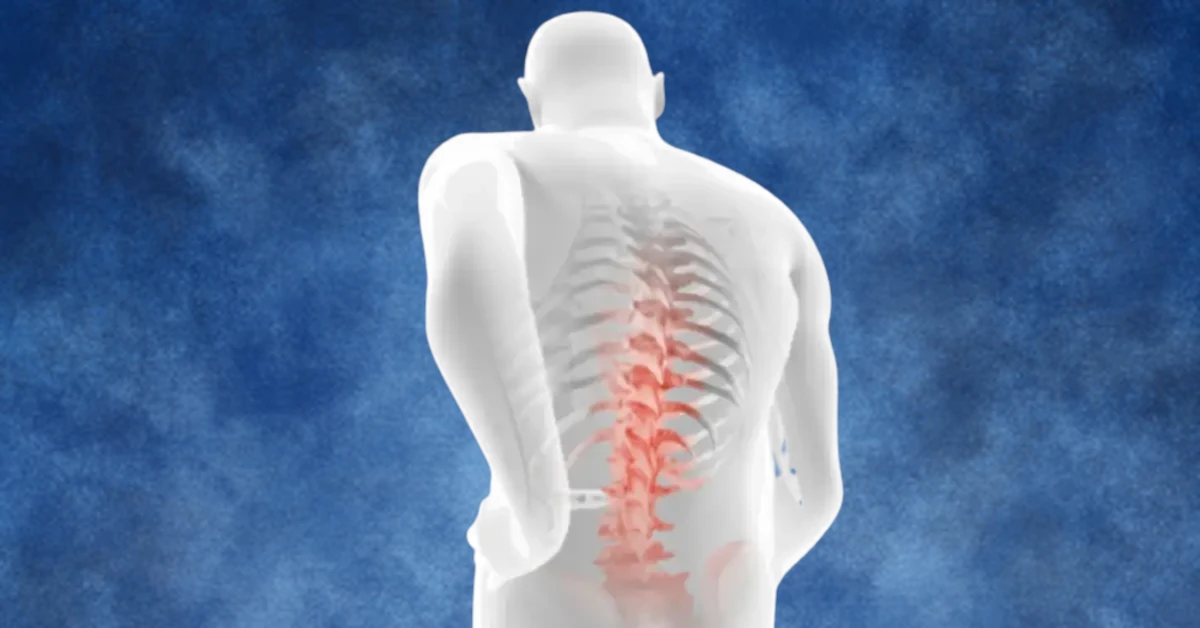Spinal stenosis is a condition that causes a narrowing of the spinal canal. Back pain may occur as the spinal cord is impinged upon by the surrounding bone. A variety of effective treatments ranging from physical therapy to spinal surgery are available to lessen back pain and restore quality of life.
Causes of Spinal Stenosis
Arthritis of the spine is the most frequent cause of spinal stenosis. As you age, the discs that cushion the vertebrae of your spine begin to dry out and degenerate. This causes a settling, or compressing, of the spine. When this occurs, pressure on the facet joints between the vertebrae increases and the space through which your spinal cord travels becomes narrower. Bone growth in response to arthritic joints in the spine may cause further narrowing of the spinal canal.
Symptoms of Spinal Stenosis
Although many individuals suffering from spinal stenosis experience back pain, others do not. Additional symptoms of this condition include sciatica, which is a painful or burning sensation in the legs or buttocks. You may also experience tingling or numbness in the buttocks and legs or weakness in the legs and feet. The pain experienced by those with spinal stenosis is often reduced with sitting or leaning forward. You may feel more pain or experience weakness when you stand or walk, especially for extended distances.
Treatments for Spinal Stenosis
Effective pain relief may be achieved through physical therapy or medication such as steroid injections or anti-inflammatory drugs. Other non-surgical options for spinal stenosis pain relief include acupuncture and chiropractic adjustment to promote healing and increase strength. Your doctor may suggest spinal surgery if other treatments fail to address your condition. A surgeon can perform either a laminectomy to remove excess bone or a spinal fusion to promote spinal stability.
You can get all the answers to your spinal stenosis questions by scheduling an appointment at The Center for Musculoskeletal Disorders.
Disclaimer:
The materials available at this website are for informational purposes only and not for the purpose of providing medical advice. You should contact your doctor to obtain advice with respect to any particular medical issue or problem. Use and access to this website or any of the links contained within the site do not create a doctor-client relationship. The opinions expressed at or through this site are the opinions of the individual author and may not reflect the opinions of the medical office or any individual doctor or physician.

